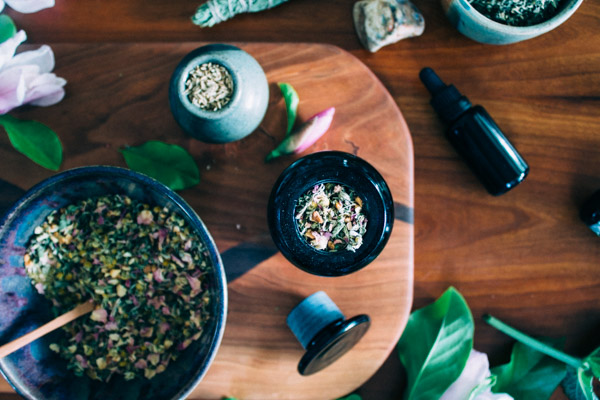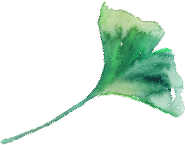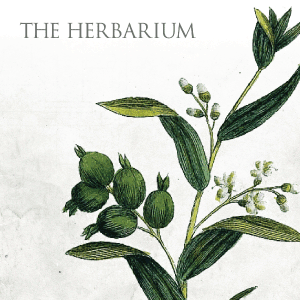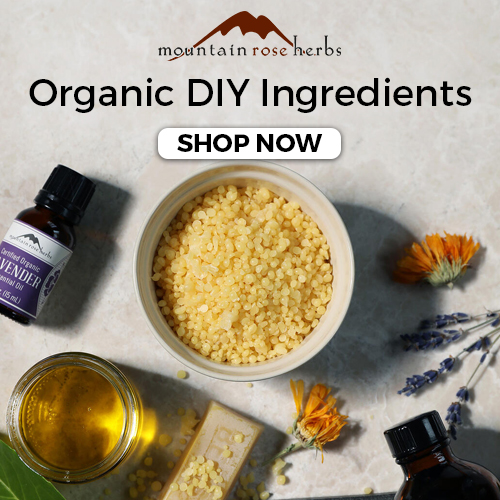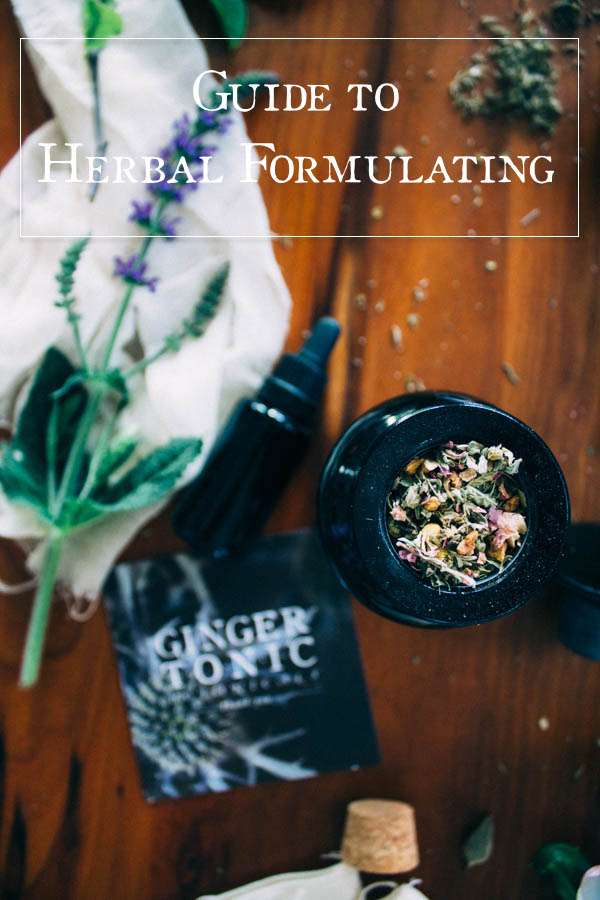
There are a lot of exceptionally fun things about being an herbalist (too many to count, really), and my personal favorite is creating, blending and sharing herbal formulas for my clients and friends and family. I remember first learning how to construct herbal formulas in school – I felt like I was in potions class. It seemed so overwhelming at first…the blending process can be ridiculously easy but also amazingly complex. We would be given a case study, have a few minutes to brainstorm our ideas and then each one of us would write down our formulas on the board and talk through it, getting critiques on our herb choices and learning from everyone else’s perspective. We must have done that hundreds of times – no two formula ever being the same twice. That’s the beauty and complexity of herbal formulating – everyone gets something different depending on their unique health story and symptom picture. If you’re just starting out, having a guide to herbal formulating can be extra helpful so you have a starting point of things to consider when blending up a tea, tincture or powder formula. Here is my process of herbal formulating and things I take into consideration, step-by-step:
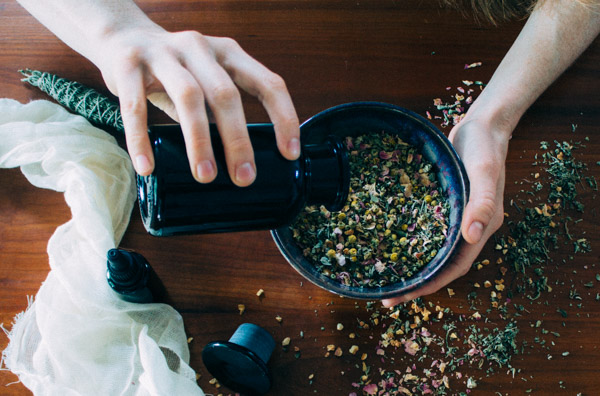
What is my primary herbal action?
This is your main focus for the formula. Sometimes it can be hard to pick just one – especially if lots of symptoms are presenting at once. Do your best to determine the underlying cause of the symptoms (which may or may not be obvious). What is your primary goal for the formula? Pain relief? Digestive support? Immune stimulation or modulation? Stress or anxiety? Here’s a list of herbal actions and their corresponding herbs:
Adaptogen (increases endurance and resistance to stress)
Ashwagandha, Holy Basil, Licorice, Milky Oat Tops, Nettle
Analgesics (Pain relieving)
Skullcap, ashwagandha
Antispasmodics (prevents and relieves spasms)
Chamomile, Peppermint, Skullcap, Yarrow, Wild Yam
Anti-inflammatory
Ashwagandha, Chamomile, Cinnamon, Holy Basil, Nettle, Turmeric, Yarrow
Anti-microbial
Chamomile, Elderberries, Yarrow, Ginger, Goldenseal
Bitters
Chamomile, Gentian, Dandelion leaf
Carminative (soothes digestion, relieves gas & bloating)
Fennel, Cardamom, Chamomile
Demulcent (to soothe inflamed tissues)
Marshmallow, Slippery Elm bark
Expectorant (increases the elimination of excess mucus)
Mullein, Wild Cherry, Thyme
Hepatic (liver protecting)
Burdock, Dandelion root, Turmeric, Reishi
Immune Stimulant (to acutely increase immune activity)
Echinacea root, Elderberries
Immune Modulator (to balance and support the immune system)
Astragalus, Reishi, Elderberries, Turmeric
Lymphatic
Calendula
Nutritive
Alfalfa, Nettle, Slippery Elm, Milky Oat, Reishi
Sedative/anxiolytic (calms the body and nervous system)
Chamomile, Ashwagandha, Skullcap, Passionflower, Valerian, Kava kava, Lemon balm
Stimulant (increases circulation and breaks through obstructions)
Ginger, Turmeric, Rosemary
(You can learn more about stocking/creating your own herbal apothecary in my previous post!)
What is my secondary herbal action?
This is your chance to add in additional herbs for secondary support that are often at a lower dose and included to immediately support other symptoms that are presenting. For example, if the primary action is adaptogen/adrenal support for stress, and you also have stomach pains and cramps after eating, this is a good opportunity to add in some antispasmodic herbs to support digestion. I generally only pick no more than 2 secondary herbal actions per formula to keep it as straightforward and targeted as possible
What is my synergist / third action (if applicable)?
If absolutely necessary, you may add in a third herbal action or third area of focus in one formula but at this point it might be getting a little convoluted. Luckily (as you might notice in the herbal actions list above), some herbs serve multiple purposes and can address multiple issues at once. These are the ideal third herbal actions because they’re already playing a role for additional area of focus. For example, Holy Basil is both an adaptogen and an anti-inflammatory (which may be 2 herbal actions that you need – so this might be a good fit). Synergists are also great to include in a formula (usually the lowest amount) to tie formulas together that have a bunch of herbs that may not necessarily naturally jive well together. Licorice is usually my favorite choice as a synergist.
Generally speaking – I try to keep all of my herbal formulas to 6 herbs or less. If I start adding more, the primary focus on the formula gets lost and sometimes potency is diminished. This is just my approach and not every herbalist will formulate this way. I just like to really fine tune my herbal choices and take a more minimalist approach. It’s not uncommon for me to break it up and make 2 seperate formulas if I need to include more herbal actions to keep the potency and therapeutic value more concentrated.
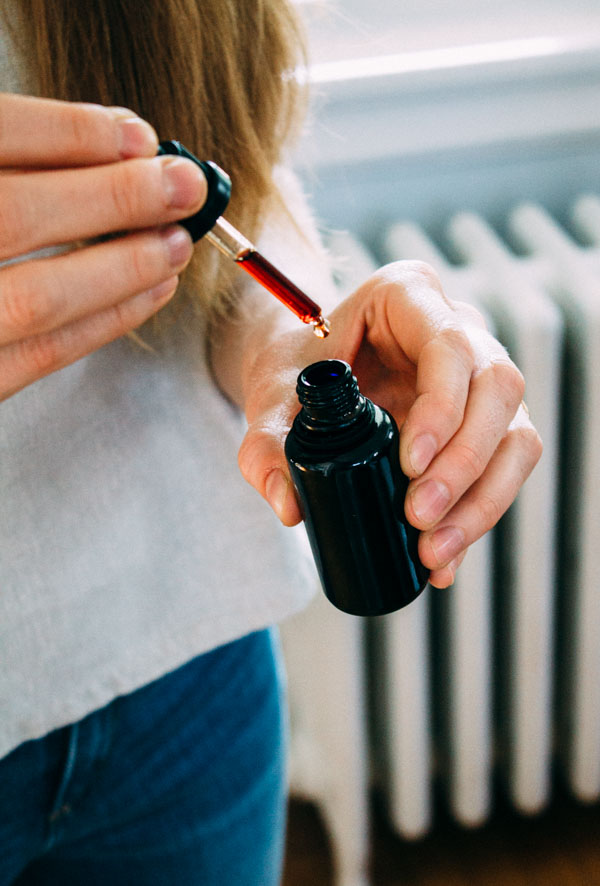
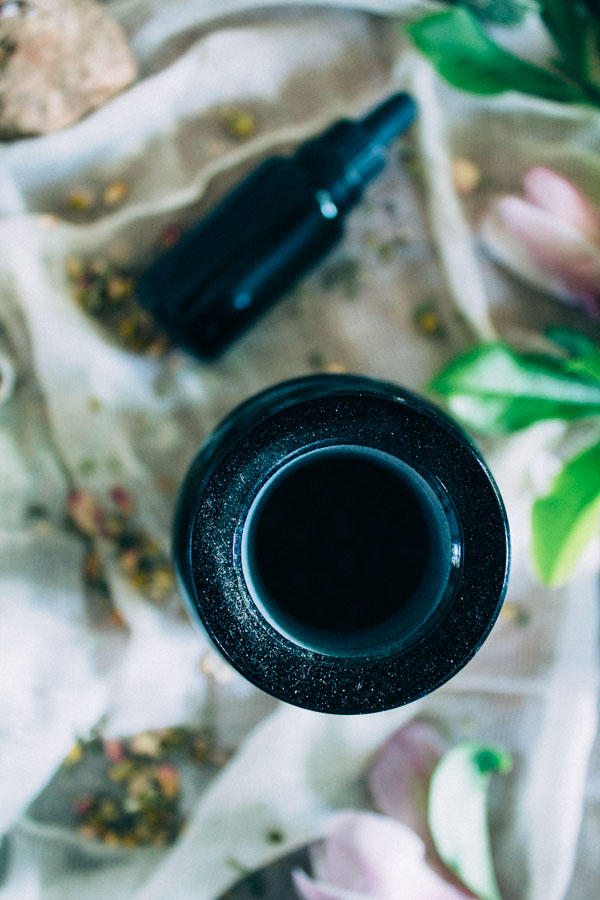
What are the herbal energetics and do they match the symptom picture?
This is a more complex and advanced topic to explore in later posts, but important to consider for a good formula. Herbs carry their own energetics (and vibrations, if you’re into that) that can have a strong influence on people outside of their predictable herbal actions, and understanding herbal energetics can help you narrow down your herb choices. Herbal energetics include things like damp, dry, cool, moist, hot, pungent, astringent and acrid (to name a few) and we use these energetic plant qualities to balance out someone’s constitution or presenting symptom. Michael Moore has great info on herbal energetics if you want to learn more.
In what form am I dispensing (tea, tincture, glycerite, powder)?
You may be limited to what herbs you can use depending on what forms are available to you or what you have on hand. Also, cost is a factor here too, with powders and teas being significantly more affordable than alcohol based tinctures. Dosage also changes depending on what form you’re taking. If using tinctures for kiddos, consider glycerite forms instead of alcohol bases. If you don’t have access to herbs locally, you can source them from Zack Woods Herb Farm, Mountain Rose Herbs, Starwest Botanicals, Gaia Herbs, Herb Pharm, Oregon’s Wild Harvest, Banyan Botanicals & Urban Moonshine.
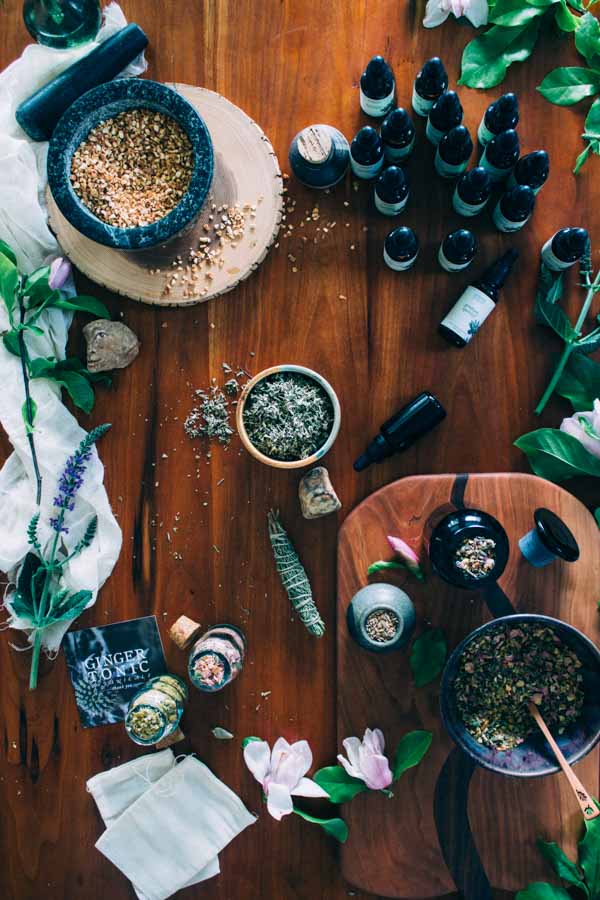
Appropriate dosing and frequency (age appropriate considerations)?
Keep in mind the age, body composition and lifestyle of whomever you’re formulating for. Children require lower dosages, thinner (more vata) folks usually respond to small doses, while pitta and kapha folks can tolerate higher dosing. Again, Michael Moore has a great reference for tincture dosing. Also, how often can someone feasibly make a tea during their day? If something really needs to be taken 3 times per day and you want to make a tea, make sure you can actually make it three times per day, otherwise powder and tinctures are much more convenient to take.
Are there any contraindications / potential for interactions?
Not sure about which herbs interact with which drugs or should / should not be taken along with certain things? Look it up or talk with a qualified herbalist. Generally speaking – herbs are pretty safe, but some do interact with other drugs or shouldn’t be taken during pregnancy or breastfeeding or pre/post surgery etc. Henriette’s Herbal is a great reference for looking into herbal contraindications.
How long will the formula last and appropriate storage:
If you’re taking a formula for several weeks (maybe even months?), then take care with how you’re storing your herbs. Herbs will always last longer when stored properly in amber or dark colored glass containers out of direct sunlight. When stored properly, an herbal tea formula can last for several months, and tinctures can last for 2 years or more.
Remember to label your formulas with all herbs used, the date of formulation and expiration date (if applicable). I like giving my formulas names, like “Dreaming Blend” or “Femme Power Potion”. You know – have fun with it!
Learn More – You can dive deeper into herbal formulating for yourself with this amazing online Mastering Herbal Formulations Course through the Herbal Academy!
